This place will develop Ho Chi Minh Cultural Space, make a park, combine with expanding Nguyen Tat Thanh street and other public services. At the same time, land plot No. 1 Ly Thai To will also be converted into a park. Public opinion is very excited and agrees with the above policy.
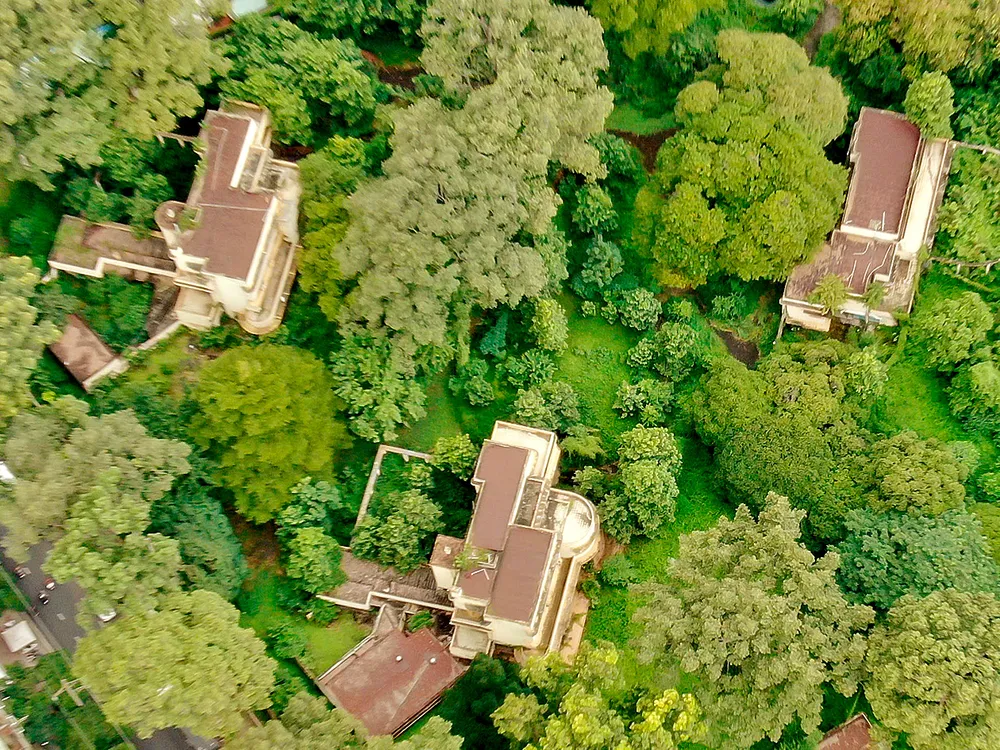
According to the Department of Agriculture and Environment, implementing the direction of Secretary of the Ho Chi Minh City Party Committee Tran Luu Quang, on September 22, the department issued a document reporting on the implementation of the public works project at the house and land address No. 1 Ly Thai To (Vuon Lai Ward) and the project to renovate and expand the Ho Chi Minh Museum - Ho Chi Minh City Branch.
Accordingly, for the land plot No. 1 Ly Thai To Street with an area of approximately 44,312m2 and a floor area of 7,101m2 managed and used by the Ministry of Foreign Affairs , the current usage status when approved is the Government Guest House with 7 villas in the vacant premises. Ho Chi Minh City plans to invest and build a public works project after receiving the above-mentioned land and housing facilities to serve the needs of the city's people.
To have a basis for implementing the public works project on the above land, the Department of Agriculture and Environment of Ho Chi Minh City proposed to consider the project implementation sequence according to the public investment method or the public-private partnership method (BT contract does not require payment). Specifically, in phase 1, 3 common steps of the 2 methods will be implemented.
Step 1, arrange and handle public assets when the Prime Minister approves the arrangement and handling plan for the above-mentioned real estate facilities according to the plan submitted by the Ministry of Foreign Affairs . Step 2, through the general policy, the Standing Committee of the Ho Chi Minh City Party Committee has opinions to direct the Party Committee of the Ho Chi Minh City People's Committee to lead and direct the general direction of implementing public projects on the land. Step 3, locally adjust the city's general planning for area No. 1 Ly Thai To Street.
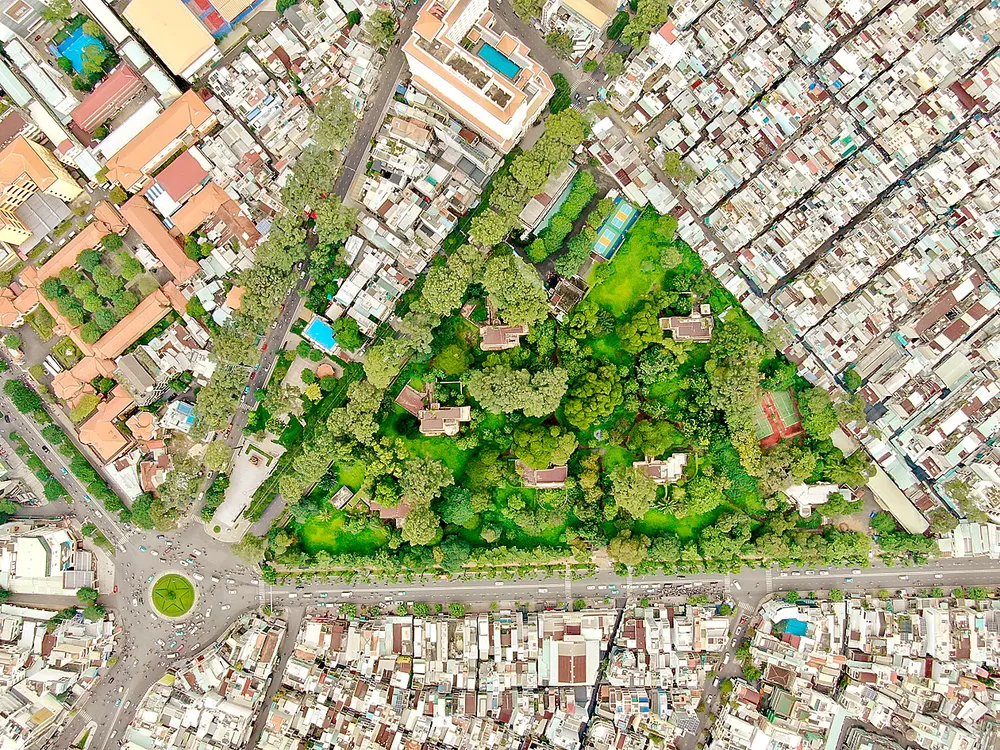
The People's Committee of Vuon Lai Ward will carry out the local adjustment of the city's master plan for the area. The specialized department will conduct the appraisal and the Ho Chi Minh City People's Committee will approve according to its authority. This step will be completed in November 2025. In phase 2, there will be 7 steps for the public investment method (expected to start in July 2026) and 6 steps for the public-private partnership method (expected to start in February 2026).
Regarding the project to renovate and expand the Ho Chi Minh Museum - Ho Chi Minh City Branch, according to the Department of Agriculture and Environment of Ho Chi Minh City, because the project has not been approved for investment policy, the exact location is not yet available. The Department has made a report based on the detailed planning project at a scale of 1/500 of the old District 4 Port Sub-area approved by the Ho Chi Minh City People's Committee in Decision 6331/QD-UBND.
Accordingly, the project is located in two blocks K1 and K2. Specifically, block K1 has an area of 15,049.56m2 with the current status of Ho Chi Minh Museum; block K2 has an area of 14,229.65m2 planned according to the project as Ho Chi Minh Museum Park. Currently, Ho Chi Minh City is oriented to adjust and expand the scale of the project to the entire area of the Nha Rong - Khanh Hoi project which was previously approved as 329,074.34m2 .
To have a basis for implementing the project of renovating and expanding the Ho Chi Minh Museum - Ho Chi Minh City Branch according to a new scale, the Department of Agriculture and Environment proposed to implement the project according to one of two methods: public investment or public-private partnership (BT contract does not require payment). Specifically, in phase 1, there will be 2 common steps of the 2 methods.
Step 1, through the general policy, the Standing Committee of the City Party Committee gave instructions to the Party Committee of the Ho Chi Minh City People's Committee to lead and direct the general orientation and implementation of the project to renovate and expand the Ho Chi Minh Museum - Ho Chi Minh City Branch according to the new scale.
Step 2 is to release the land use rights seizure and revoke the investment policy of the Nha Rong - Khanh Hoi Complex project. In this step, the People's Committee of Ho Chi Minh City directs specialized agencies to advise on the contents of releasing the land use rights seizure of the Nha Rong - Khanh Hoi Complex project based on the judgment announced by the Court in the case of Van Thinh Phat Group; revoke the approved investment policy of the Nha Rong - Khanh Hoi Complex project; and partially adjust the city's general planning for the Nha Rong - Khanh Hoi area.
In phase 2, 7 steps will be implemented for the public investment method (expected to start construction in September 2026) and 6 steps for the public-private partnership method (expected to start construction in March 2026).
Prof. Dr. Dang Hung Vo, former Deputy Minister of Natural Resources and Environment (now Ministry of Agriculture and Environment):
Absolutely correct policy
In urban areas of Vietnam, especially in two large cities such as Hanoi and Ho Chi Minh City, there is currently a lack of space for a modern city. To develop a super city, it is not only about real estate development but also about expanding green space in the direction of building a peaceful urban area with green space.
I think that the planning issue is very important and Ho Chi Minh City should consider planning how to develop the urban area in harmony between economic development and quality of life for the people. A super city where the residential area is not developed in a concentrated manner will certainly affect the rights of residents. Therefore, the policy of the Standing Committee of the Ho Chi Minh City Party Committee to use the "golden land" as a park is completely correct.
Architect KHUONG VAN MUOI, former Chairman of the Ho Chi Minh City Association of Architects:
Expanding space, removing traffic jams on Nguyen Tat Thanh street
This is a correct policy that demonstrates a humane and long-term vision in urban development because the city is lacking green areas and spaces for the community. Although the "golden land" in the city center has great commercial value, this value cannot be compared to the spiritual value and living space it brings when transformed into parks and public cultural spaces.
The expansion of the Ho Chi Minh Cultural Space around the Nha Rong Wharf area is completely reasonable in terms of history and culture, because this is a symbol associated with Uncle Ho's journey to find a way to save the country. Moreover, the Ho Chi Minh Space is not only a place to display artifacts or documents, but should be understood as a lively space where people can walk, contemplate, and connect with historical values. The most important thing now is to manage and design these two spaces in a harmonious and creative way, ensuring cultural and landscape functions that are typical of Ho Chi Minh City's rivers.
It should be added that Nguyen Tat Thanh Street passing through the Ben Nha Rong area is currently very narrow, with high traffic density and frequent traffic jams. Therefore, when expanding the Ho Chi Minh Cultural Space at Ben Nha Rong, it is necessary to combine the expansion of Nguyen Tat Thanh Street to create favorable conditions for people to travel.
Architect NGO ANH VU, Director of Ho Chi Minh City Institute of Construction Planning:
The port area can be developed into a multifunctional area.
The policy of using the above two “golden lands” to expand cultural space and make parks will have a very positive impact on the city’s residents. Because everyone wants the city to add more green space and public space. The city leader’s decision to do so shows special concern for the people.
In my opinion, to effectively develop the "golden land" area at the port, it is necessary to expand the multifunctional area, integrating it with other functional areas such as communication, cultural exhibitions, tourism services, etc.
In addition, we need to balance the investment efficiency and if we use the budget to implement, where should the repair and renovation to maintain future operations come from? If the area applies the public-private partnership model or invites socialization, we should develop the area into a multi-functional area that both solves the budget problem and maintains the spirit of community development, improving the quality of life for the people.
Source: https://www.sggp.org.vn/chuyen-dat-vang-thanh-cong-vien-dat-chat-luong-song-cua-nguoi-dan-len-hang-dau-post819088.html




![[Photo] 60th Anniversary of the Founding of the Vietnam Association of Photographic Artists](/_next/image?url=https%3A%2F%2Fvphoto.vietnam.vn%2Fthumb%2F1200x675%2Fvietnam%2Fresource%2FIMAGE%2F2025%2F12%2F05%2F1764935864512_a1-bnd-0841-9740-jpg.webp&w=3840&q=75)
![[Photo] National Assembly Chairman Tran Thanh Man attends the VinFuture 2025 Award Ceremony](/_next/image?url=https%3A%2F%2Fvphoto.vietnam.vn%2Fthumb%2F1200x675%2Fvietnam%2Fresource%2FIMAGE%2F2025%2F12%2F05%2F1764951162416_2628509768338816493-6995-jpg.webp&w=3840&q=75)


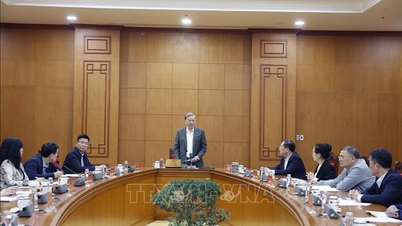

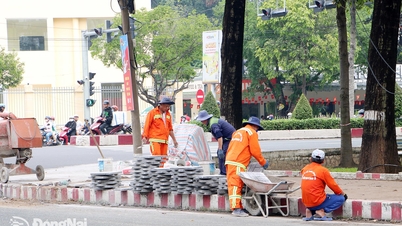

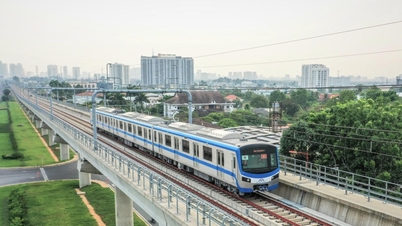

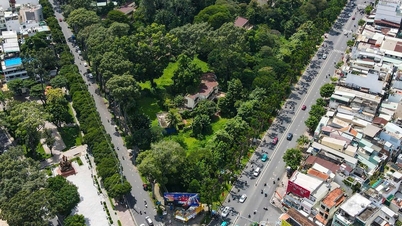

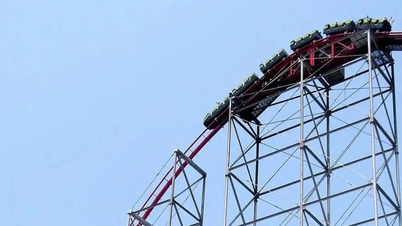

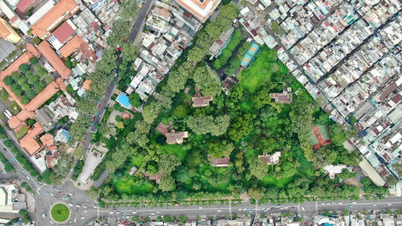


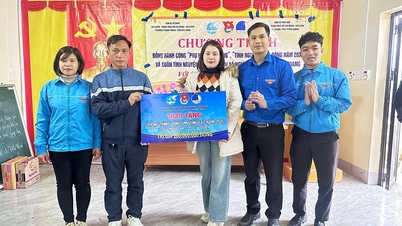

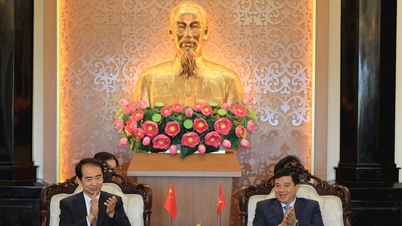

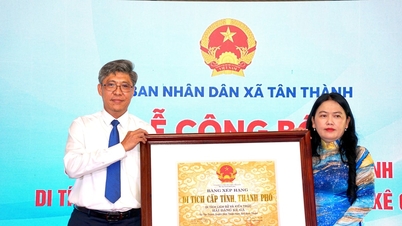
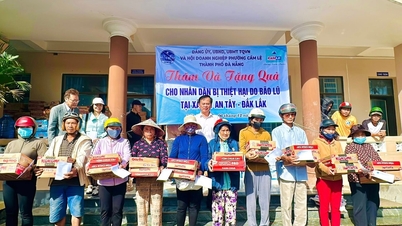

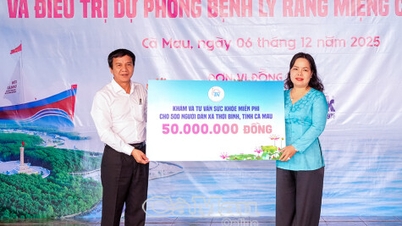





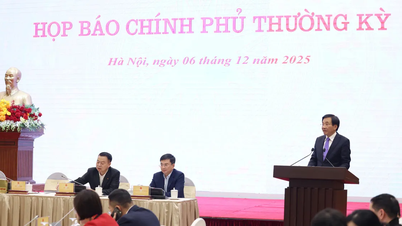
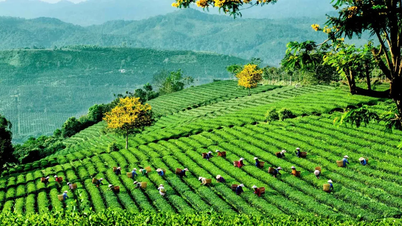
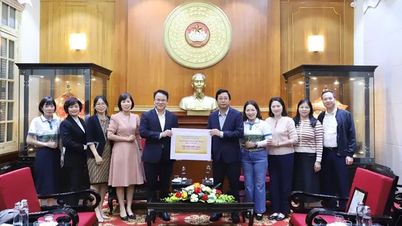
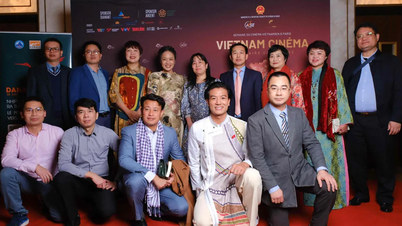
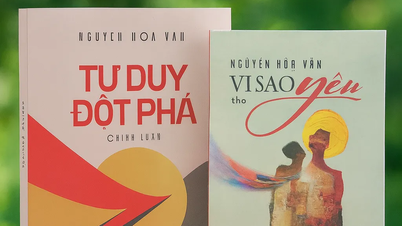

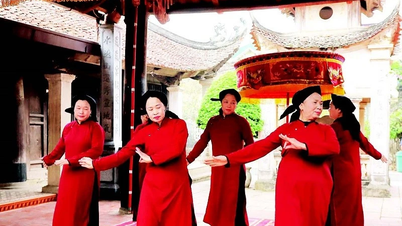

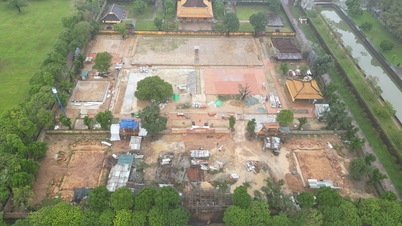

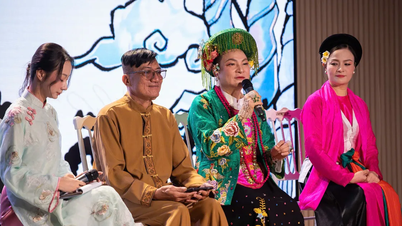


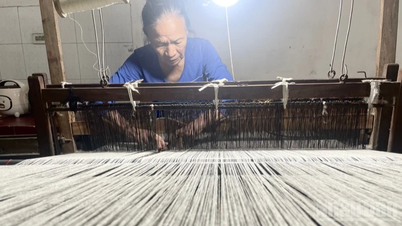
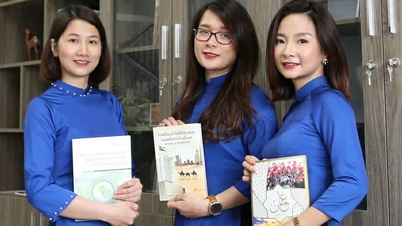

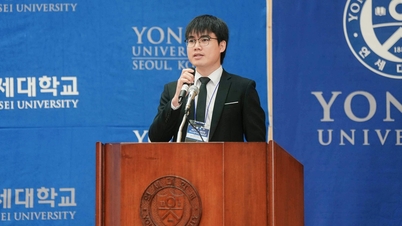



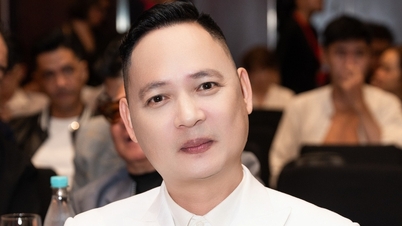



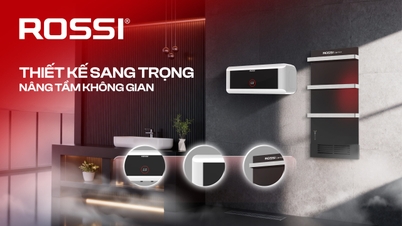

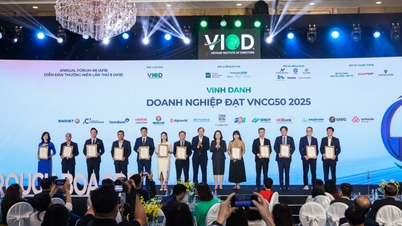
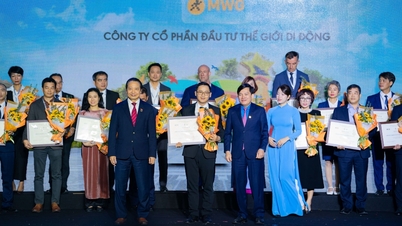
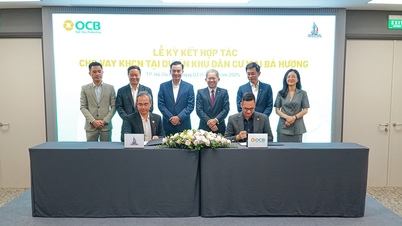
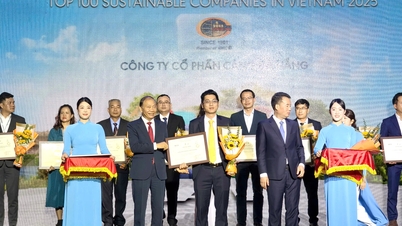
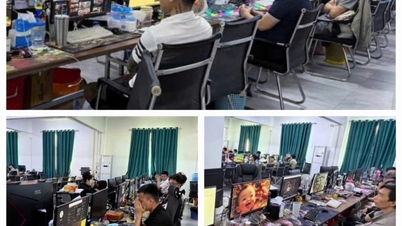






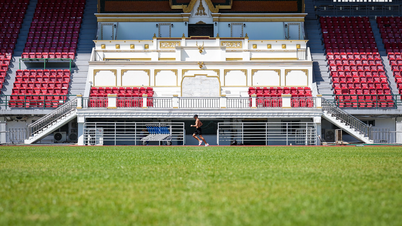

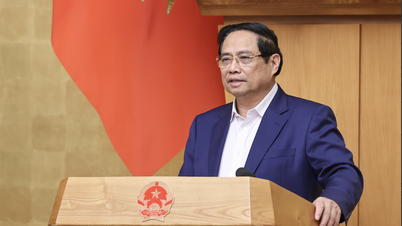
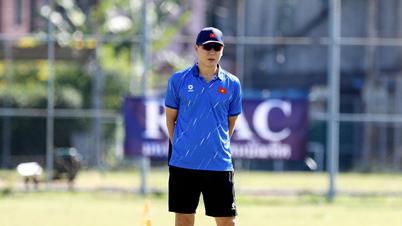
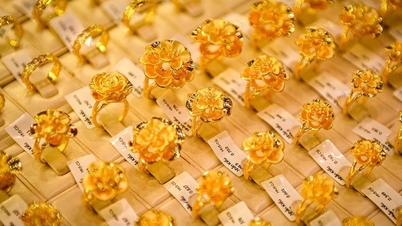
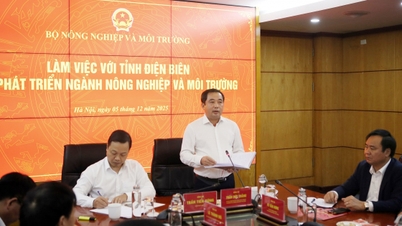

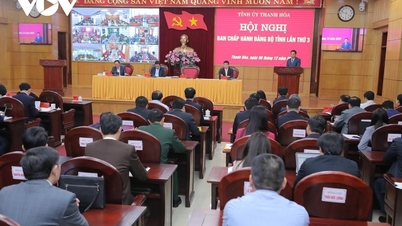



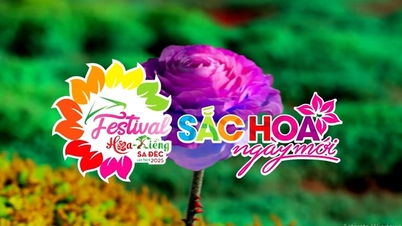

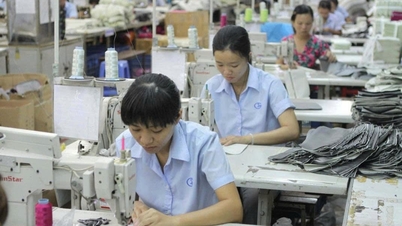
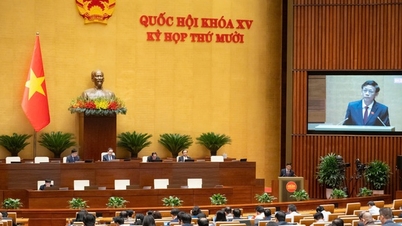
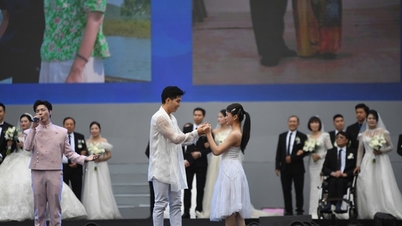
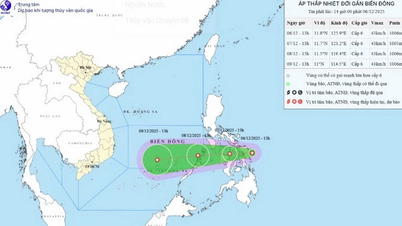

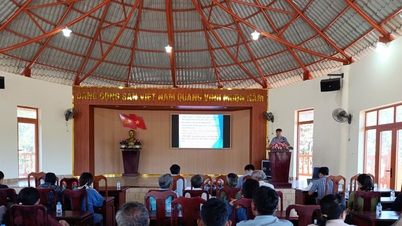
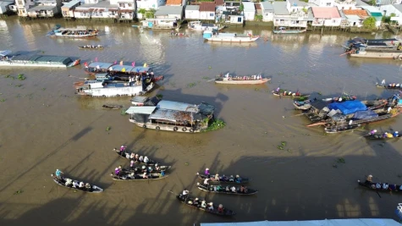

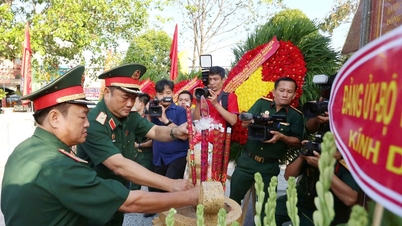













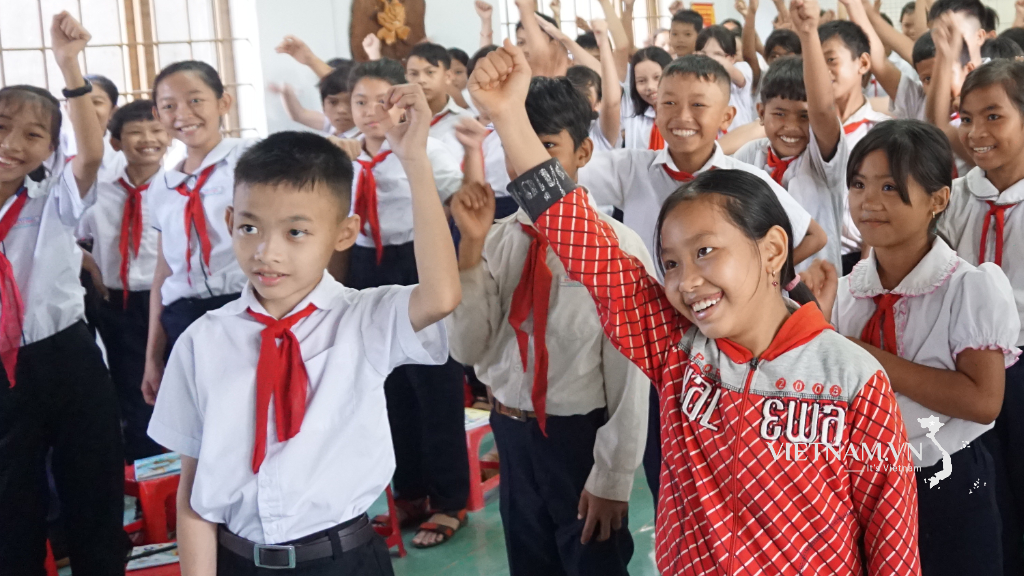




Comment (0)